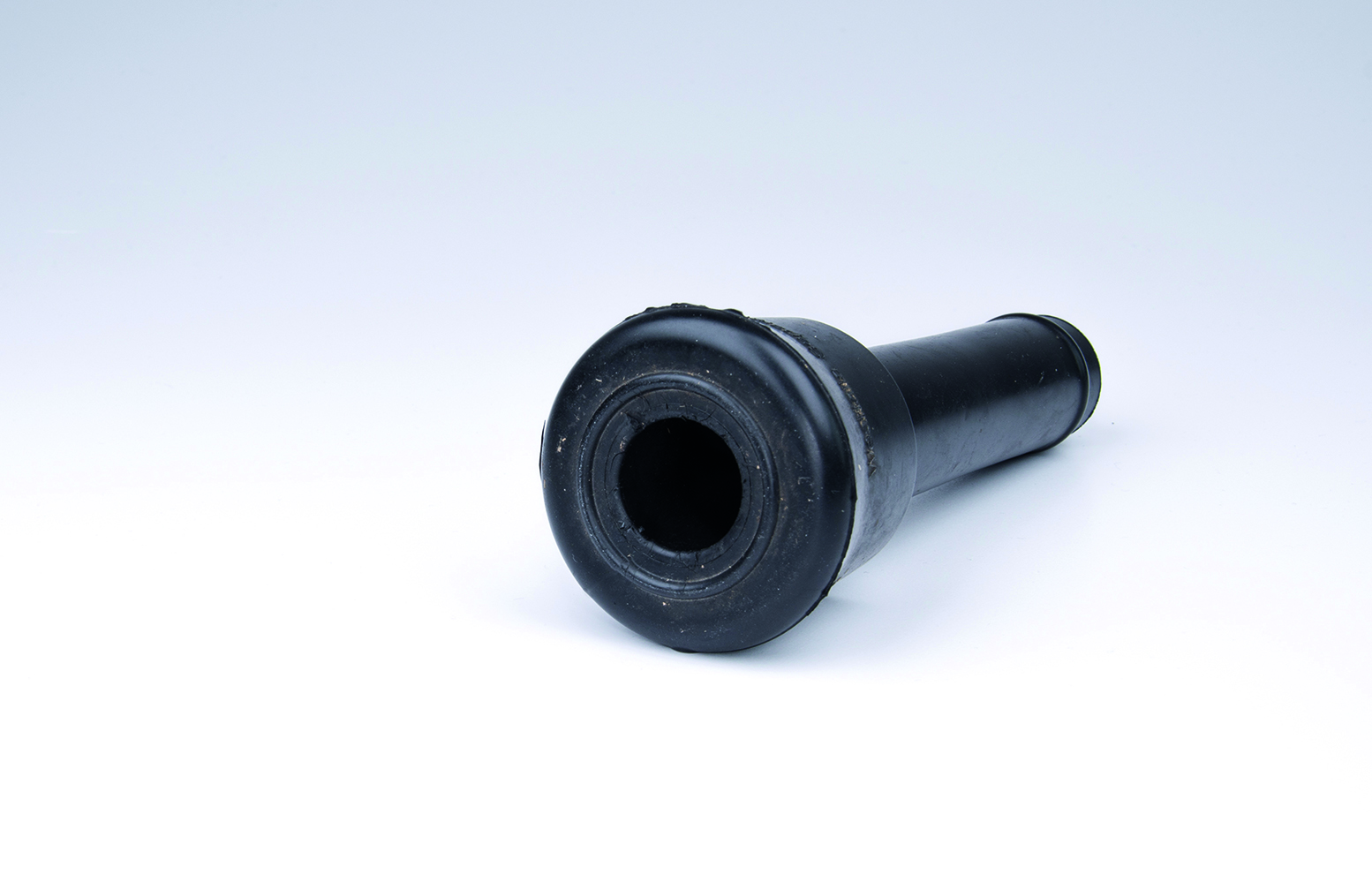The current bioburden caused by bacterial pathogens in the areas of human medicine and veterinary medicine, and at the transmission from animals to humans, and not least the multi-resistant pathogens now emerging, make new and effective measures necessary for both combating and diagnosing these germs.
Highly specific antigens from the corresponding species of pathogen, isolated from an infection-relevant transcriptome, provide a basis for this. Depending on the situation, this involves isolating mRNAs from the pathogens using microarrays, and characterizing their resulting expressions for immunological purposes. Only the genes which are actually active when an infection occurs or their transcription products in the form of mRNA are therefore used as a basis for the identification of antigens. The method is fast and effective, and only requires a few cleaning steps.
Furthermore, the developments allow new instruments for immunodiagnostics (for example, highly specific antibodies) and new potential for generating selective vaccines to be derived. The method can be applied to any germ, and has already been used for a range of different pathogens, such as salmonella, campylobacter, staphylococcus, klebsiella, neisseria, pseudomonas, streptococcus and clostridium.
 Fraunhofer Institute for Cell Therapy and Immunology, Branch Bioanalytics and Bioprocesses IZI-BB
Fraunhofer Institute for Cell Therapy and Immunology, Branch Bioanalytics and Bioprocesses IZI-BB
